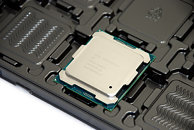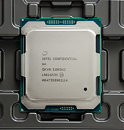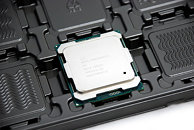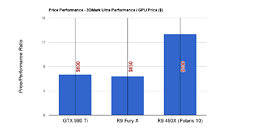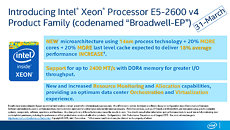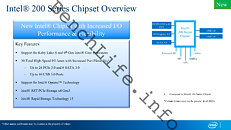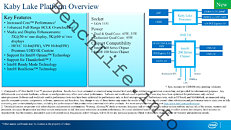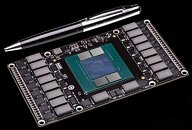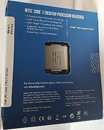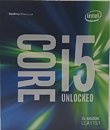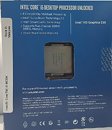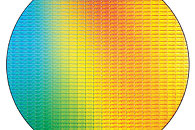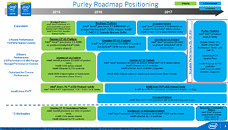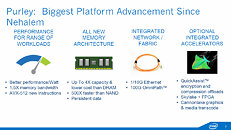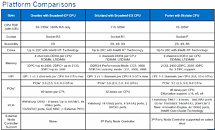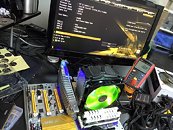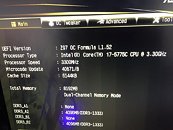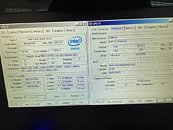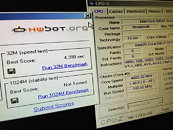
AMD Radeon R9 480 (non-X) Performs Close to R9 390X
In all the 16 nm NVIDIA "Pascal" GPU fervor, it would be foolish to ignore AMD's first "Polaris" GPUs, built on the more advanced 14 nm process. Hot on the heels of reports that a fully-equipped "Ellesmere" GPU based Radeon R9 490 performs close to NVIDIA's GeForce GTX 980 Ti (and AMD's own R9 Fury X), with nearly half its power-draw, new numbers from an early GFXBench run suggests that its cut-down R9 480 (non-X) sibling performs close to the Radeon R9 390X. The R9 480 succeeds the currently-$200 R9 380, and its prospect of offering performance rivaling the $400 R9 390X at half its power-draw appears to meet AMD's "generational leap" claims for the "Polaris" architecture. Similarly, the R9 490, based on a better-endowed "Ellesmere" chip, offering performance rivaling current $600 GPUs at a $350-ish price-point (succeeding the R9 390), appears to meet expectations of a generation leap.



